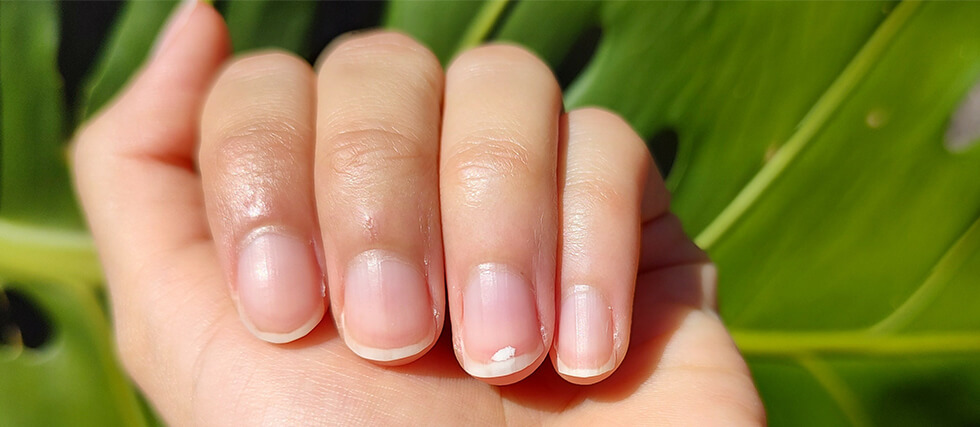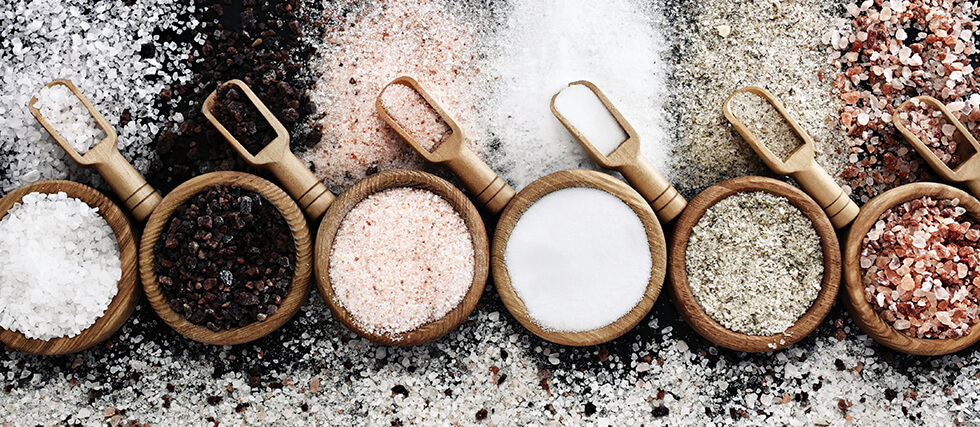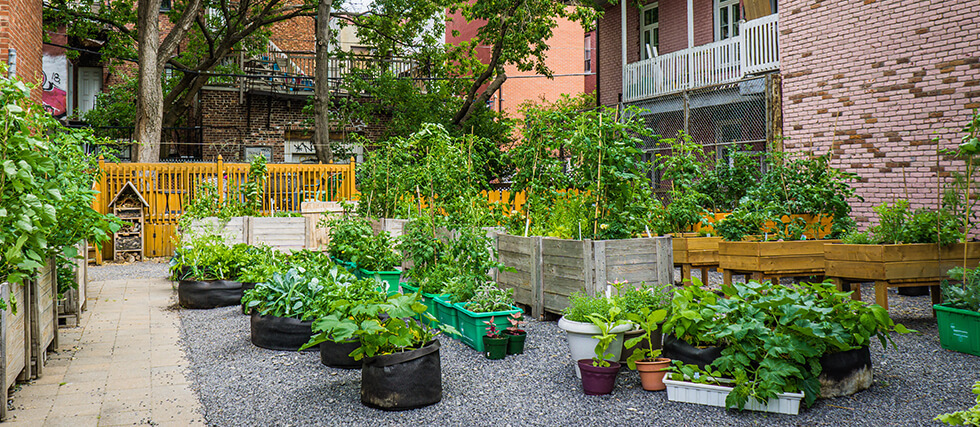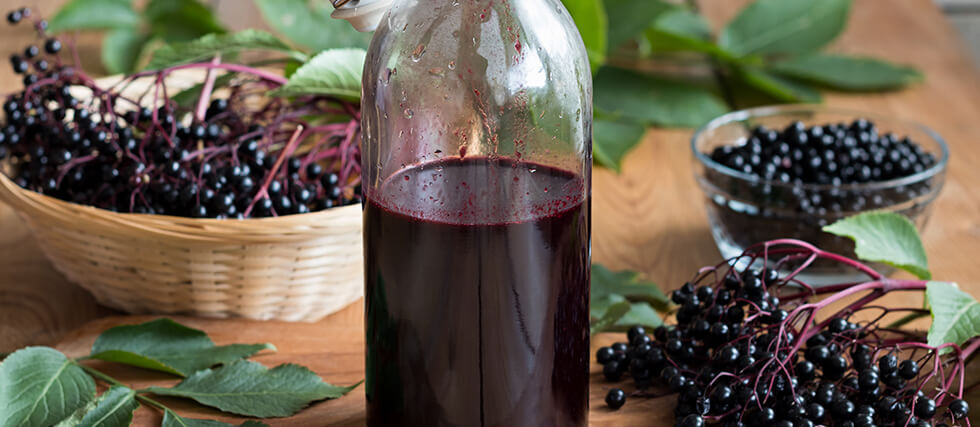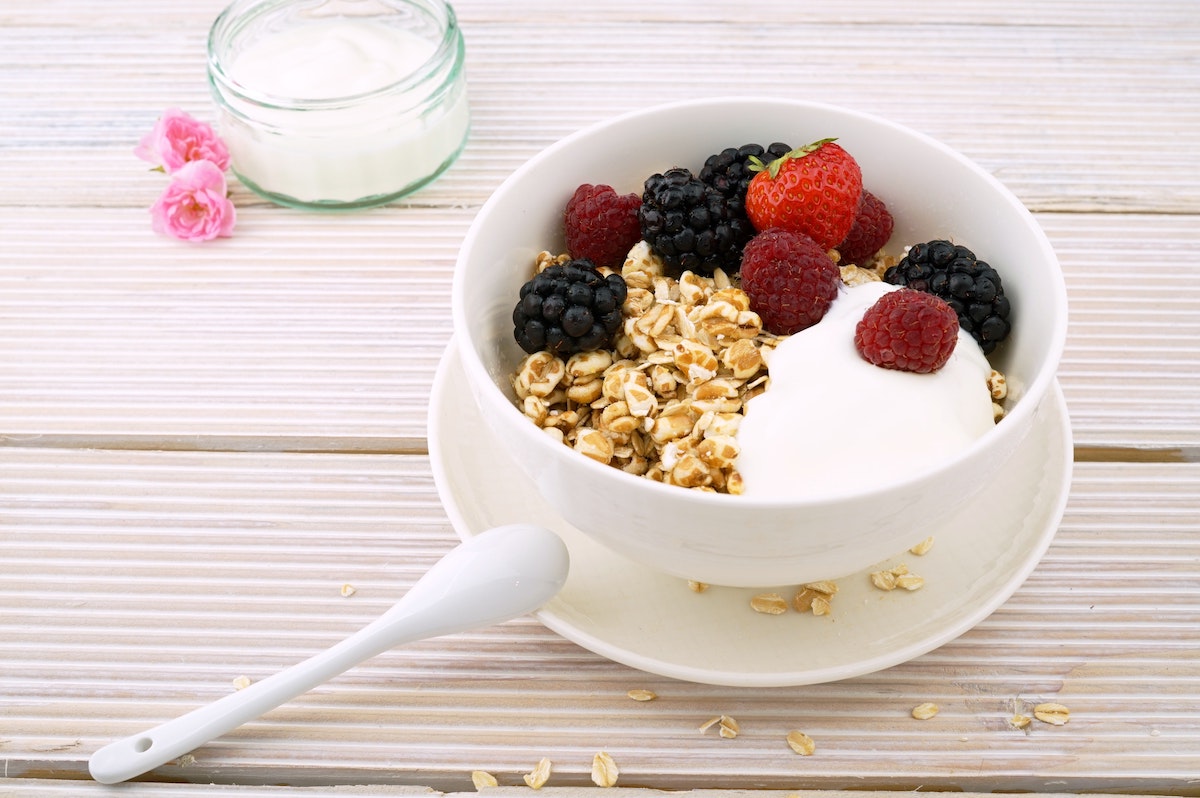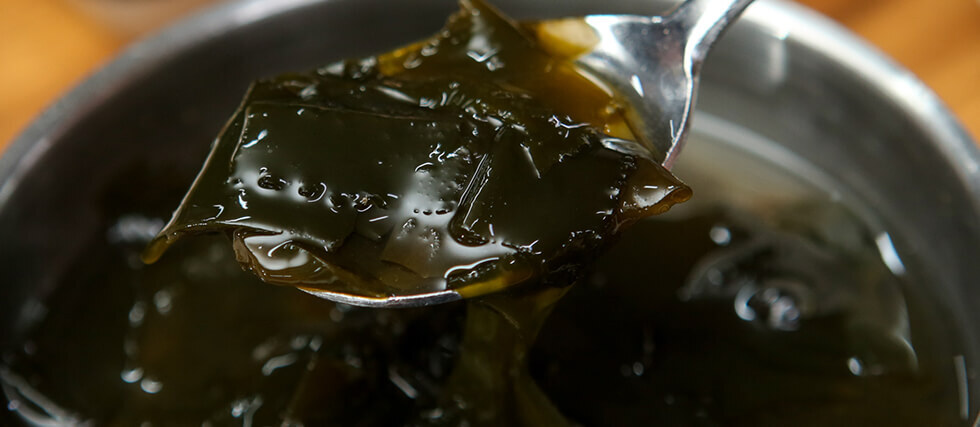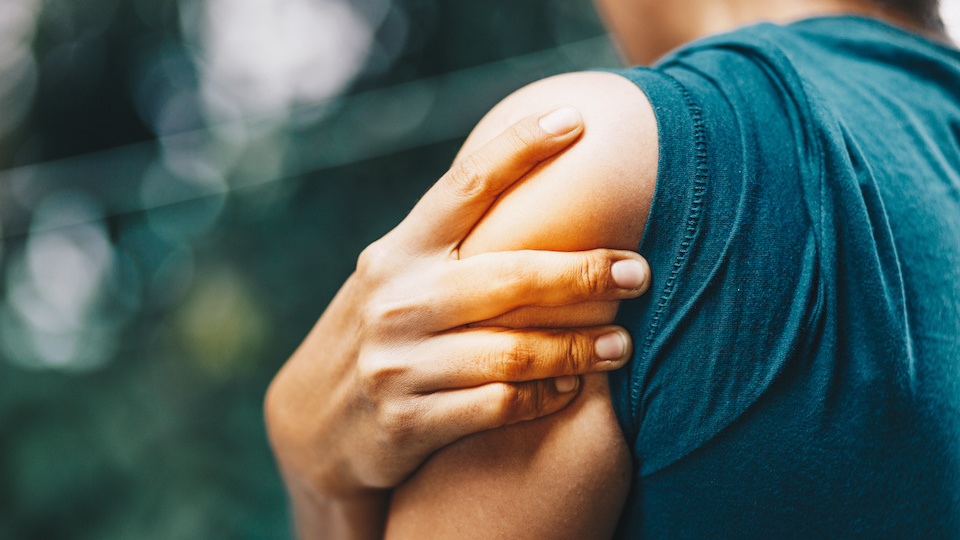Your Fingernails Are Talking—Here’s What They Reveal About Your Health & Aging
Did you know your fingernails can clue you in on your biological age and overall health? According to Dr. David Sinclair, a Harvard geneticist, how fast your nails grow may indicate how well your body is aging. A study found that nail growth slows by 0.5% per year after age 30, meaning faster-growing nails could be a sign of better biological health.
But aging isn’t the only thing your nails can reveal. Changes in color, texture, or shape may signal underlying health issues:
- White or pale nails: Possible anemia, liver disease, or malnutrition.
- Yellow nails: Could indicate fungal infections, diabetes, or thyroid issues.
- Vertical ridges: Common with age but also linked to nutrient deficiencies or autoimmune diseases.
- Clubbing (thick, curved nails): May be a sign of lung or cardiovascular disease.
How to Keep Your Nails Strong & Healthy
- Boost Nutrition: Get enough protein, iron, and B vitamins to support keratin production.
- Protect Your Nails: Avoid harsh chemicals, excessive handwashing, and frequent acetone use.
- Care for Your Cuticles: Never cut them—they protect against bacteria and fungi.
- Stay Hydrated: Moisturize your nails and cuticles to prevent brittleness.
- Consider Supplements: Biotin and iron can strengthen nails, but results take months to show.
Your nails aren’t just for looks—they’re a health barometer! Keep an eye on them for signs of aging and potential health concerns.


